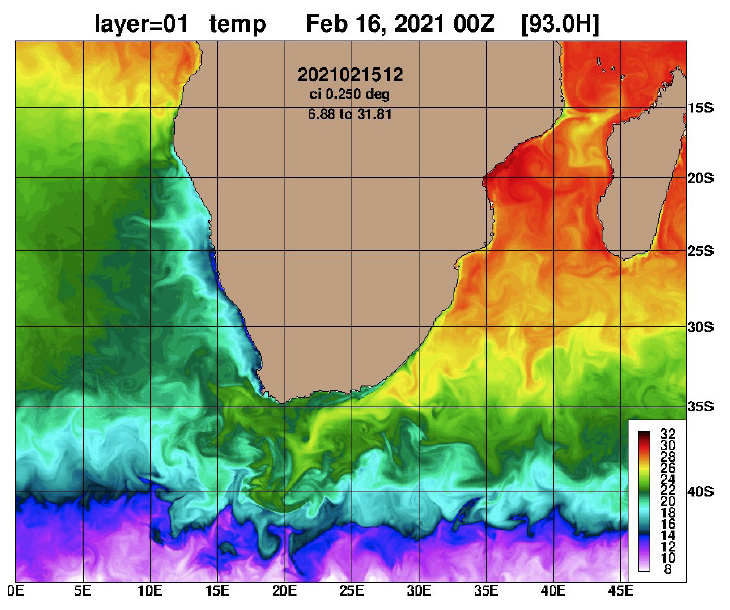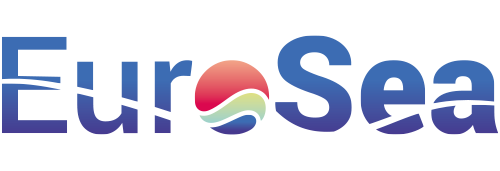
Description
The transition from traditionally singular or isolated ocean observation methods to a multi-platform approach signifies a monumental leap in ocean forecasting. This collaborative strategy integrates data from various sources, capitalizing on the strengths of each platform, to generate more accurate, comprehensive, and timely forecasts.
Impact During the Project
Enhanced Data Accuracy and Coverage:
Traditional State: Relying on a singular or limited set of observation platforms often meant gaps in data coverage or potential inaccuracies due to limitations inherent to specific methods.
Advancement: A multi-platform approach amalgamates data from diverse sources, filling in gaps and offering a more holistic view of oceanic conditions, thereby improving forecast accuracy.
Reduced System Vulnerabilities:
Traditional State: A singular observational method can be vulnerable to malfunctions or data inaccuracies.
Advancement: Leveraging multiple platforms reduces dependence on any single method, ensuring continuous and reliable data flow even if one platform encounters issues.
Impact Post Project
Recommendations for Future Implementations:
Based on the experience of integrating multiple platforms and the lessons learned, a set of actionable recommendations can be drafted. These will serve as guidelines for future endeavours, ensuring that common pitfalls are avoided, and best practices are consistently applied.
Elevated TRL for Ocean Forecasting:
Traditional State: Ocean forecasting systems might have had a specific TRL based on their singular approach, which could be limited in scope and application readiness. Advancement: With the integration of multiple platforms, the ocean forecasting system’s TRL increases, reflecting its enhanced reliability, applicability, and readiness for broader and more complex scenarios.
Advancement over and above State of the Art
The adoption of a multi-platform approach in ocean forecasting is a paradigm shift from traditional methods. By integrating diverse observational platforms, it addresses the inherent limitations of singular methods, offering richer, more reliable data. The immediate benefits include more accurate forecasts and a robust system less prone to individual platform vulnerabilities. As the approach is implemented and refined, the lessons learned and potential new systems that emerge will further enrich the ocean forecasting domain. The culmination of these advancements into actionable recommendations sets the stage for a new era in ocean forecasting, underscored by the elevated TRL, which signifies the system’s readiness for wider, more challenging applications.
Links and References
Link to D2.1 – Design of OOOEs: https://eurosea.eu/download/eurosea_d2-1_design_osses/?wpdmdl=5512&refresh=650197c4a43901694603204
Link to D2.3 – OSSE Analysis: https://eurosea.eu/download/eurosea_d2-3_analysis_of_the_osses_revised_resubmitted/?wpdmdl=5516&refresh=650197c4f00b31694603204
